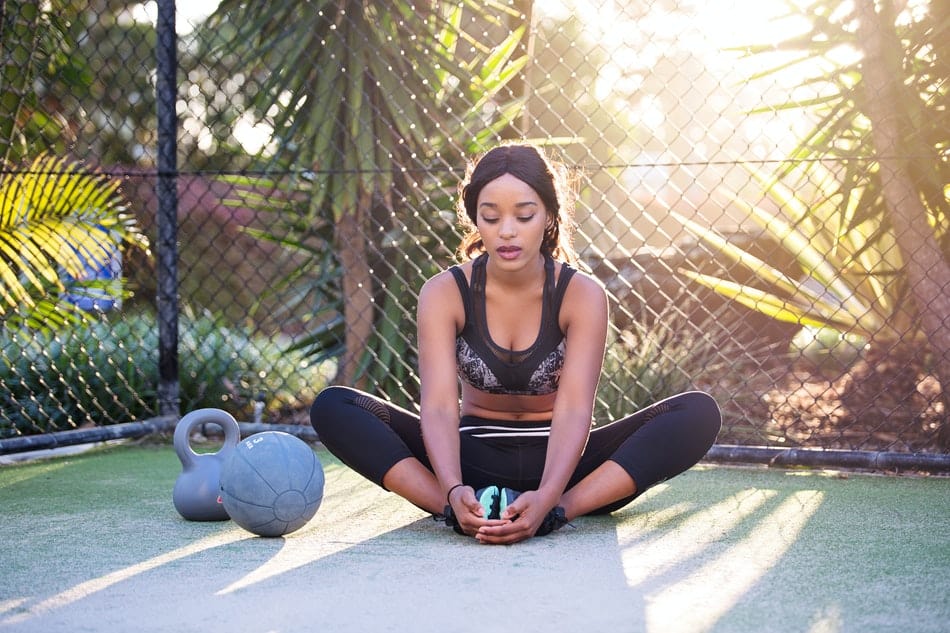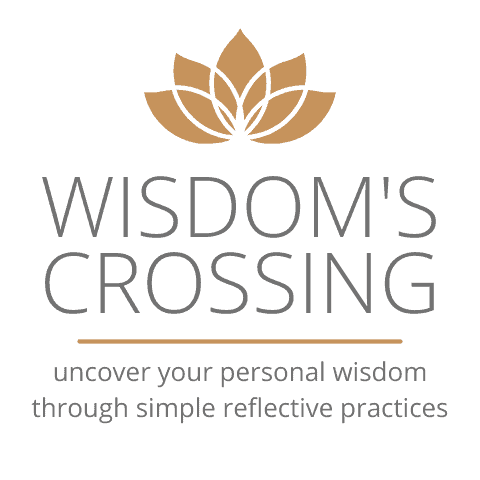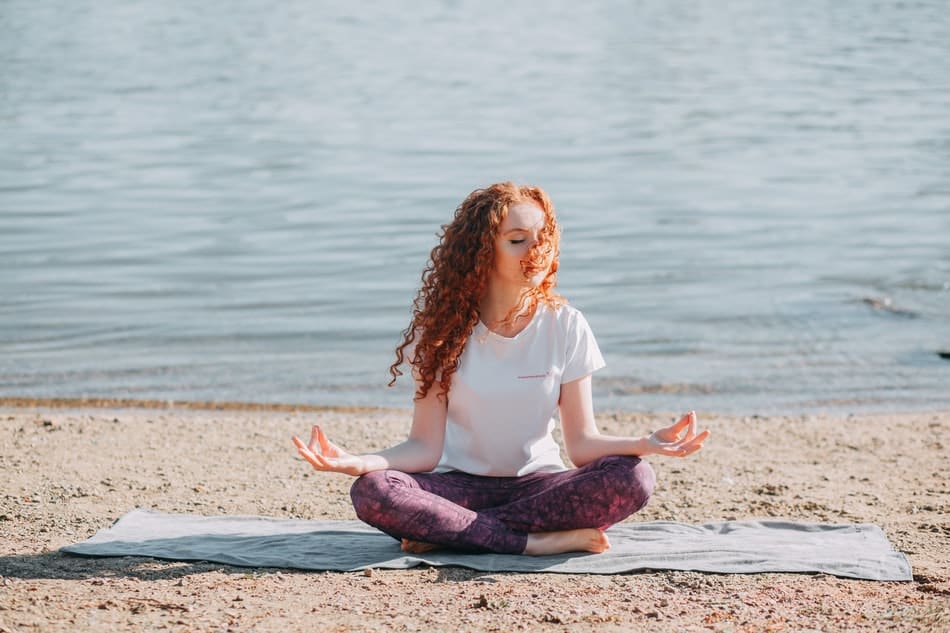What is the difference between guided meditation and guided relaxation? Both of these methods can help reduce stress and promote a sense of calm, but they differ in some key ways. As you read, I will explain the differences between guided meditation and guided relaxation, so that you can decide which one is right for you!
Guided meditation is a form of mindfulness meditation, in which you focus your attention on a specific object, thought, or activity. Guided relaxation, on the other hand, is a more general form of relaxation that can involve any number of activities, from deep breathing to progressive muscle relaxation.
What Is Guided Meditation?
Guided meditation is a form of mindfulness meditation in which you are guided by a voice or other forms of communication. Guided meditations can be found in apps, books, audio recordings, and live classes. The goal of guided meditation is to help you focus your attention on the present moment and become more aware of your thoughts, feelings, and surroundings.
There are many benefits of guided meditation, including reducing stress and anxiety, improving sleep quality, and increasing overall well-being. Guided meditation can be done anywhere at any time, making it a convenient way to improve your mental health. If you’re interested in trying guided meditation, there are plenty of resources available to get started.

What Is Guided Relaxation?
Guided relaxation is a type of relaxation technique that involves being led through a series of mental and physical exercises by a trained practitioner. Guided relaxation can be used to help reduce stress, anxiety, and tension. It can also be used to improve sleep quality and promote overall well-being.
There are many different types of guided relaxation techniques, but all involve the use of calming voices and soothing music or sounds. The goal of guided relaxation is to help you reach a state of deep physical and mental relaxation. During guided relaxation, you should feel your muscles relax and your mind becomes calm and clear.
What Is The Difference Between Guided Meditation And Guided Relaxation?
When it comes to guided meditation and guided relaxation, there are a few key differences. First, with guided meditation, you’re typically focusing on your breath or a mantra. This helps to clear your mind and focus your attention inward. With guided relaxation, on the other hand, you’re usually focusing on relaxing your body. This means letting go of any tension you may be holding in your muscles and simply letting yourself sink into the feeling of being relaxed.
Second, guided meditation is usually done with your eyes closed, while guided relaxation can be done with your eyes open or closed. This is because when you’re meditating, you’re trying to block out all external stimuli so that you can focus solely on what’s happening internally. With guided relaxation, however, you’re not as focused on what’s happening internally. Instead, you’re simply letting go of any tension in your body and focusing on the feeling of being relaxed.
Third, guided meditation is typically done for a longer period than guided relaxation. This is because it takes longer to clear your mind and focus your attention inward when you’re meditating. With guided relaxation, however, you can usually achieve the feeling of being relaxed in a shorter amount of time.
Finally, guided meditation is usually done in silence, while guided relaxation may involve some gentle background music or nature sounds. This is because when you’re meditating, you want to eliminate all external distractions so that you can focus solely on your breath or mantra. With guided relaxation, however, the background music or nature sounds can help to further relax your body and mind.
Whichever you choose, both can help you to achieve a feeling of inner peace and calm. Try out both and see which works better for you!

How To Do Guided Meditation
Guided meditation is a great way to relax and de-stress. Here are some tips on how to do guided meditation:
- Get a comfortable place to sit or lie down. You may want to use a yoga mat or blanket. Make sure you are in a comfortable position before starting the meditation.
- You should close your eyes and take a few deep breaths. Always focus on your breath and try to clear your mind of any thoughts.
- Listen to the guidance of the meditation. The person leading the meditation will guide you through different breathing exercises and relaxation techniques.
- Focus on the present moment and let go of any thoughts about the past or future. Try to be in the moment as much as possible during the mediation.
When the meditation is over, take a few deep breaths and slowly open your eyes. You may want to journal about your experience afterward.
How To Do Guided Relaxation
Guided relaxation is a great way to relax and de-stress. It can be done anywhere, anytime, and doesn’t require any special equipment. All you need is a comfortable place to sit or lie down, and someone to guide you through the process.
Here’s how to do guided relaxation:
Start in a comfortable position. You can sit in a chair with your feet flat on the floor, or lie down on your back with your knees bent and feet flat on the floor. If you’re lying down, make sure you’re comfortable and that you won’t fall asleep.
Then Close your eyes and breathe. You can breathe in through your nose and out through your mouth. As you breathe out, let your whole body relax.
Now, simply follow the instructions given by the person leading the guided relaxation. They will usually guide you through a series of progressive muscle relaxation exercises, where you tense and then relax different muscle groups in your body. This helps to release any tension that you may be holding in your muscles.
After the muscle relaxation exercises, you may be guided through a visualization exercise. This is where you imagine yourself in a peaceful place, such as a beach or a meadow. Visualize all the details of this peaceful place, and let yourself sink into the calmness of it.
When the guided relaxation is finished, take a few deep breaths and slowly open your eyes. You should feel relaxed and refreshed. If you can, take a few minutes to sit or lie quietly and enjoy the feeling of relaxation before getting up and going about your day.
Final Words
The bottom line is that both a guided meditation and guided relaxation can be beneficial for your health. However, it is important to choose the right type of program for your needs. If you are looking to reduce stress and anxiety, then guided meditation may be the better option. If you are looking to improve your sleep or boost your energy levels, then guided relaxation may be a better choice.
Related Articles

